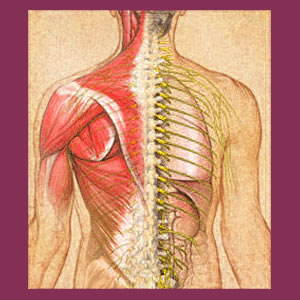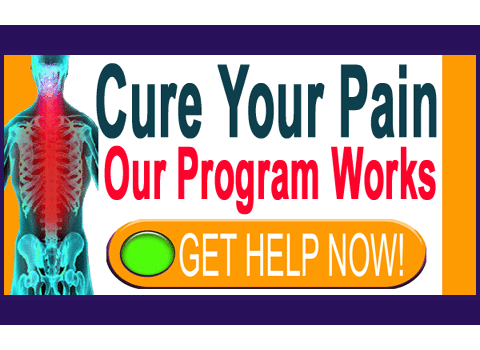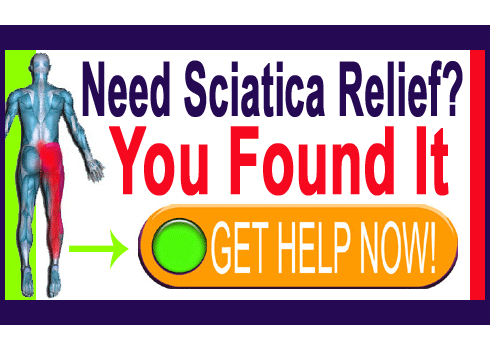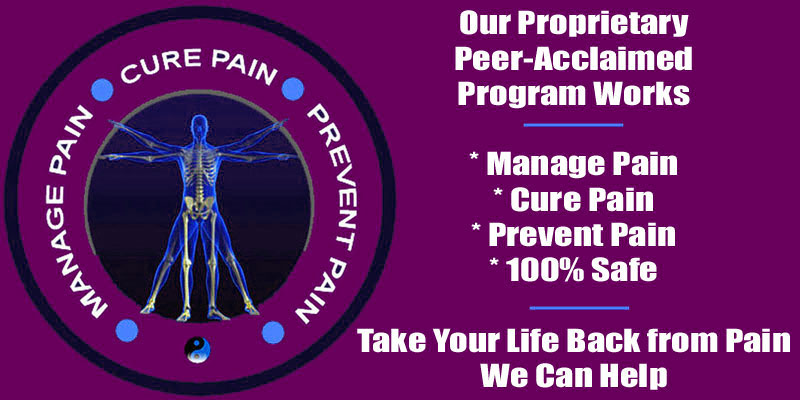
Massage for scoliosis is a great form of symptomatic care that can help to relieve strain on overstressed muscles which work extra hard to support an irregularly curved spine. Massage is one of the world’s oldest health treatments and is used for countless conditions, as well as general wellness maintenance care.
Before we continue, let us reiterate that most scoliosis is not symptomatic and will not inherently cause pain. However, any type of moderate to severe scoliosis still has the potential to cause tension in the muscles of the back, which must compensate for the atypical curvature. Therefore, massage is ideally suited for patients who have pain, as well as those who simply want to relax their muscles and prevent possible pain in the future.
This dialog explores the use of massage therapy in scoliosis patients. We will discuss pain management applications, as well as general health benefits offered by massage specifically for people with lateral spinal curvatures.
Massage for Scoliosis Pain
Massage is very effective at dealing with muscular pain. If a patient is experiencing symptoms due to muscular strain (RSI) or imbalances which have developed due to continuous strain, then massage is an ideal symptomatic therapy option.
If the patient has pain due to mechanical issues in the spine, neurological compression in the spine or other spinal non-muscular source, then massage will be far less effectual in its ability to relieve symptoms. However, in these cases, patients who are suffering from these symptoms often also demonstrate some degree of muscular symptomology, as well. Therefore, even when the primary symptomatic complaint is due to central spinal stenosis, foraminal stenosis, facet joint syndrome or other structural spinal issue, some measure of pain relief should be provided by treating the surrounding muscles which are still working abnormally hard to stabilize the spinal column.
Massage for Back Pain Prevention
Most mild to moderate degrees of scoliosis do not cause pain. However, in all but the mildest cases, some muscles in the back will have to work more than usual in order to keep the curved spine stable during a full range of motion. This tends to create the right opportunity to soft tissue conditions to develop, including muscular imbalances, chronic strain (often diagnosed as RSI or repetitive strain injury). All of these conditions have the potential to cause pain that might range from minor to debilitating at some point.
Massage can help to relax these muscles and provide them with increased circulation and metabolic response to help them heal. Although the scoliosis is a constant issue that will continue to create muscular tension, regular massage can help to mitigate the build-up of accumulated stresses in the tissues and therefore prevent pain from occurring.
In this respect, massage can be considered a general wellness treatment, with a special focus on helping scoliosis sufferers to feel better and live normally, despite having an atypical curvature in their spines.
Massage for Scoliosis Factsheet
There are many different styles of massage and each practitioner has their own individual way of performing each technique. Massage services are certainly not all created equal, with some practitioners having extra skill, while others really have no business providing the service at all.
Patients who are interested in massage services for pain management or pain prevention should always take time to investigate their options carefully in order to find a style and a therapist which suit them optimally. Your doctor or physical therapist will be helpful in recommending some massage therapists to start with in order to get a taste of the benefits massage may be capable of providing you as a scoliosis patient.
Massage services range wildly in cost in different areas of the world. In some countries massage is incredibly affordable, while in others, it is ridiculously expensive. This high cost of treatment can place massage services out of reach for some patients with limited financial means. However, all hope is not lost. Massage can be performed by any amateur who will invest the time to learn what needs to be done in order to provide tangible benefits. This makes it possible for a loved one to learn massage techniques that can be used for free at home. The patient can even learn some self-massage techniques which can provide limited benefits, as well. Even when money is not available for professional care, amateur and self massage can still be very effective tools in any scoliosis patient’s treatment program.





